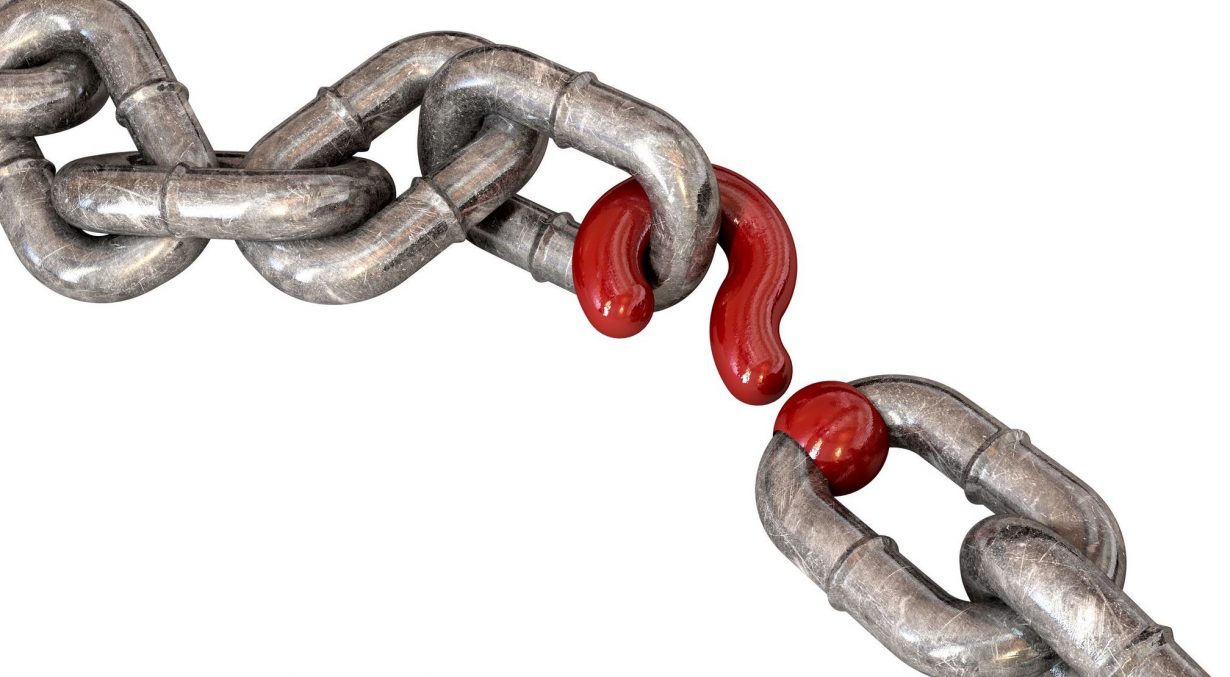Support science that helps you avoid harmful chemicals

We are a Tax-exempt, 501(c)(3) Non-Profit – Your donation is tax-deductible.
The Center for Research on Environmental Chemicals in Humans needs your help to conduct the world’s first study of environmental chemicals in humans.
The research has been supported since 2013 by the personal funds and volunteer efforts of Co-Founders Lewis Perdue, Co-Founder and Becca L. Yeamans-Irwin.
However, the approval of a revolutionary protocol by the Committee on Human Research at the University of California Medical School demands a strict set of laboratory and test procedures requiring far more resources to accomplish this first-of-a-kind study.
Producing Valuable Health Information For Non-Scientists
That four-year. initial volunteer effort has produced substantial health information to help non-scientists understand how environmental chemicals affect their health.
That content found at The Stealth Syndromes Project.
Developing Landmark Study For Risk Assessment
In addition the co-founders — with the invaluable volunteer support of UCSF Professor and Co-Principal Investigator Victor Reus— developed the unique study protocol that led to the first approval of a controlled human study a CHR at any major research institution.
More about that effort can be found at The Stealth Syndromes Human Study
New Risk Assessment Method Created
That effort has also resulted in the development of a potential new method for environmental chemical risk assessment: The PharmBlocker method.
Approved Research Now Moves To An Expensive New Phase
With that approval, the study moves into a new phase that requires substantial financial expenses due to the costs of sophisticated laboratory testing of test subject blood and urine samples.
Also expensive are the required laboratory assays of each meal consumed in order to directly measure environmental chemical concentrations and to establish precise nutritional composition.
Email To Learn How Your Time And Money Will Improve People’s Health
Click this email link to get a personal reply.

